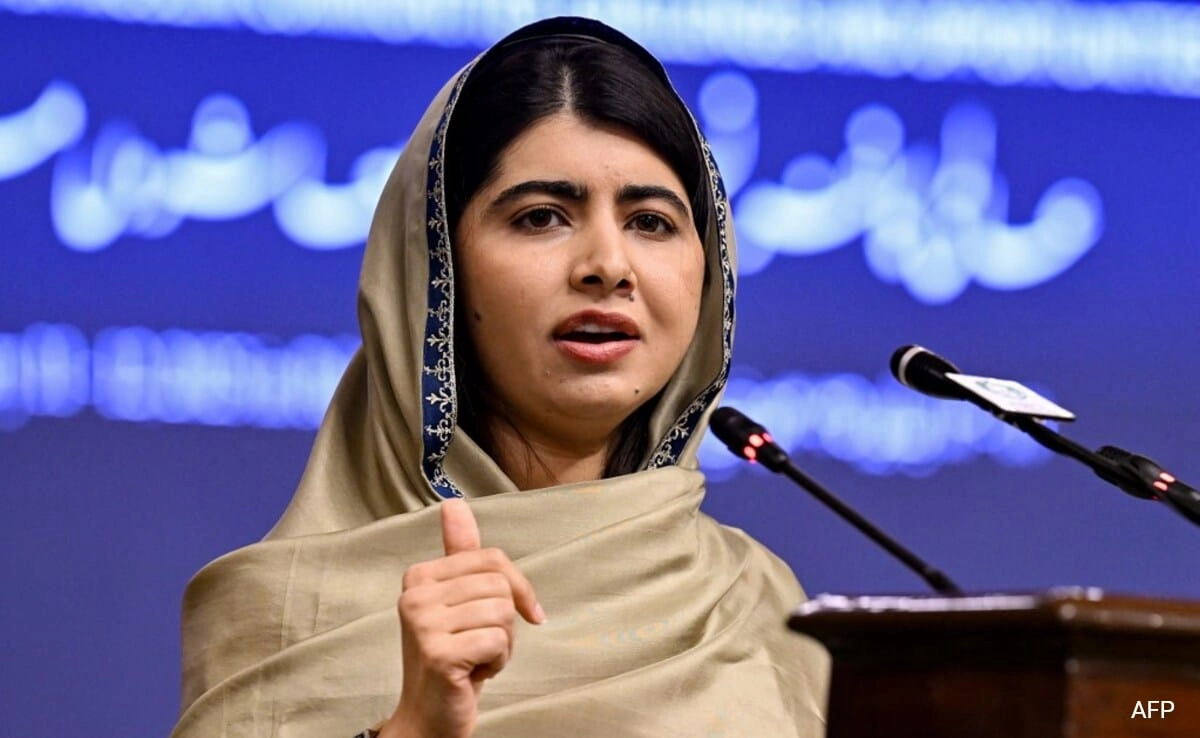In recent years, Europe has faced the challenge of navigating its relationship with the United States under the leadership of former President Donald Trump. His unique communication style, often characterized by bluntness, unpredictability, and a penchant for social media, posed a significant challenge for European leaders who were accustomed to a more diplomatic approach. The need to engage effectively with Trump became paramount, as his administration’s policies had far-reaching implications for Europe, ranging from trade agreements to security alliances and climate change initiatives.
European leaders quickly realized that traditional diplomatic language might not resonate with Trump. They adopted a more direct and pragmatic approach, often mirroring his style to establish rapport. For instance, they embraced social media as a platform for communication, attempting to meet Trump on his own terms. This shift was evident during high-profile meetings, where leaders like Angela Merkel and Emmanuel Macron sought to connect with Trump by discussing shared interests and framing issues in a way that appealed to his “America First” agenda. By focusing on bilateral benefits and national interests, they aimed to foster a more constructive dialogue that could lead to mutual understanding.
Additionally, Europe sought to maintain its core values while engaging with Trump’s administration. European leaders emphasized the importance of alliances, such as NATO, while also addressing their concerns over trade tariffs and climate change withdrawal. This balancing act required a careful blend of assertiveness and diplomacy, as they aimed to safeguard European interests without alienating the United States. The European Union, in particular, worked to present a unified front, coordinating responses to Trump’s policies and seeking to uphold international norms amidst the shifting geopolitical landscape.
Ultimately, Europe’s attempts to “speak Trump” reflected a broader strategy of adaptation in the face of a changing global order. By learning to communicate in a manner that resonated with the Trump administration, European leaders not only sought to protect their interests but also to influence the trajectory of U.S. policies that impacted the continent. This ongoing effort underscores the complexities of international diplomacy, where understanding and adapting to different leadership styles can be pivotal in maintaining alliances and addressing global challenges.




